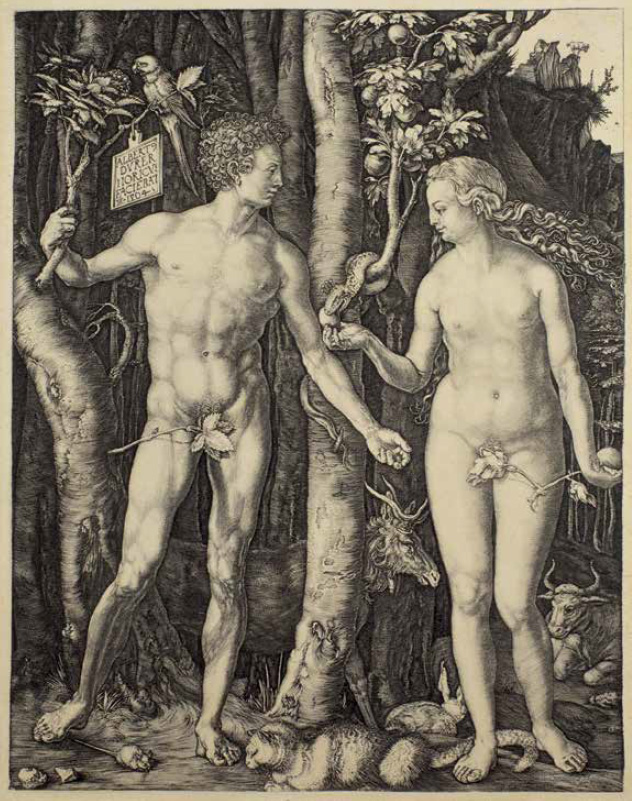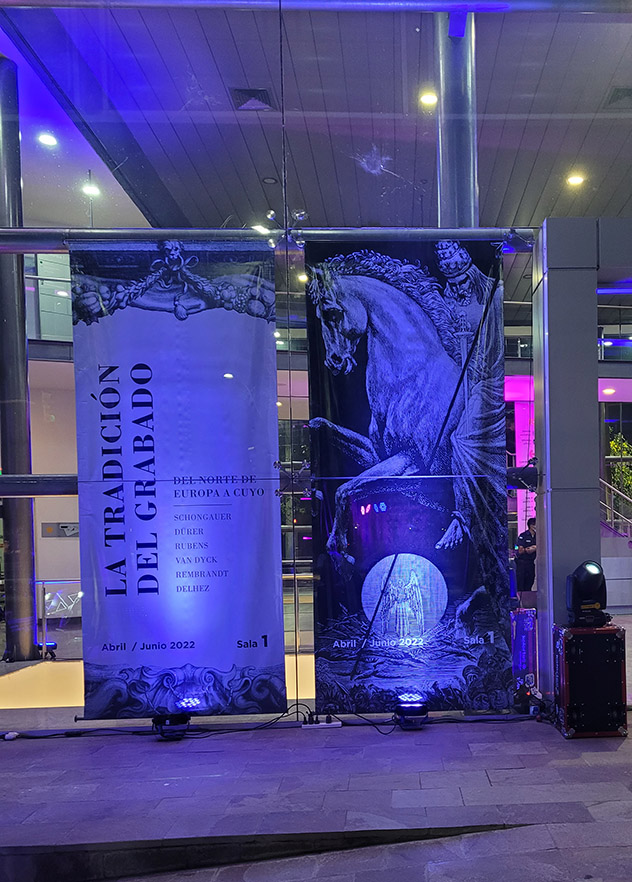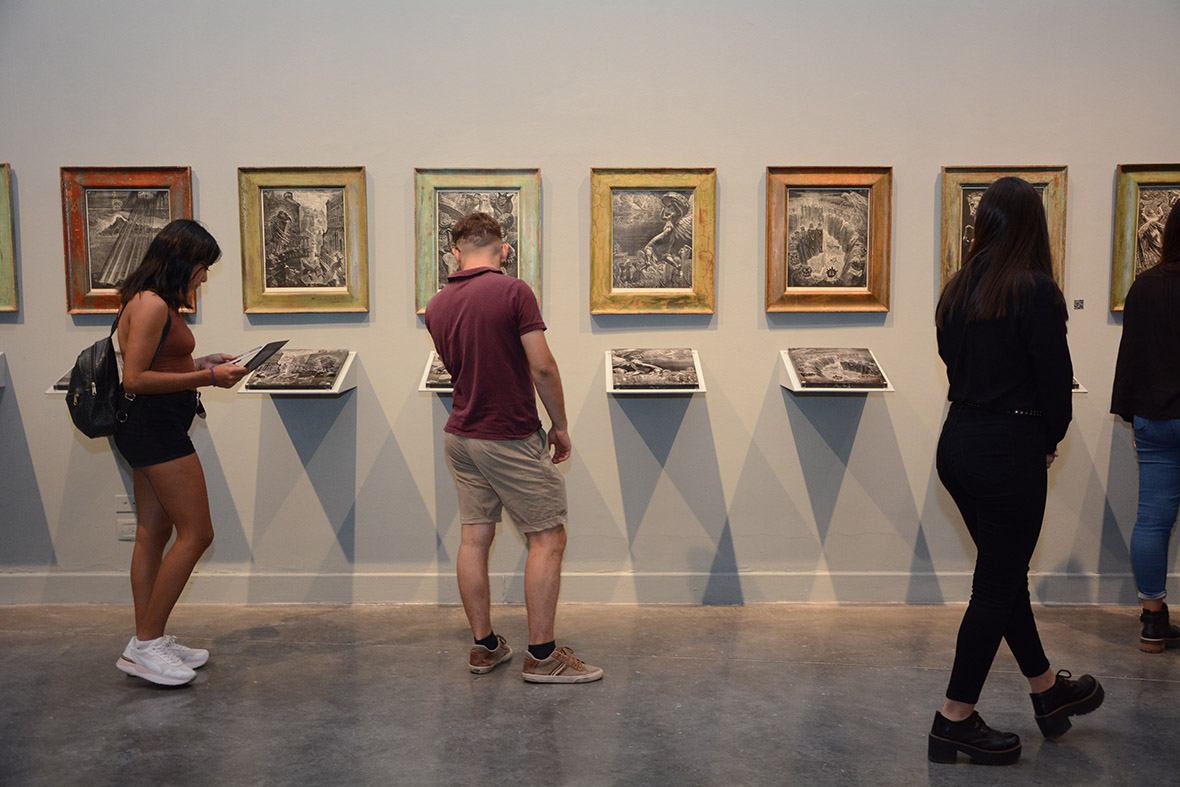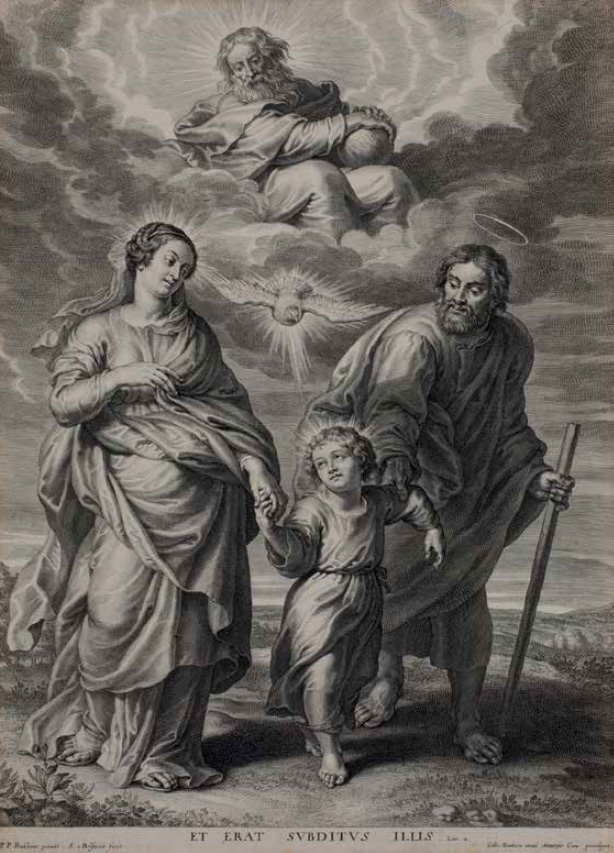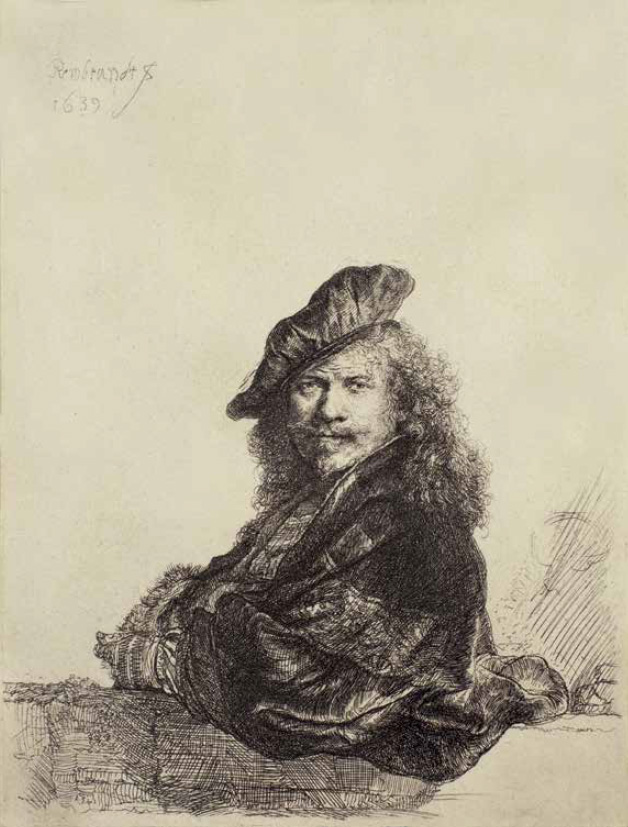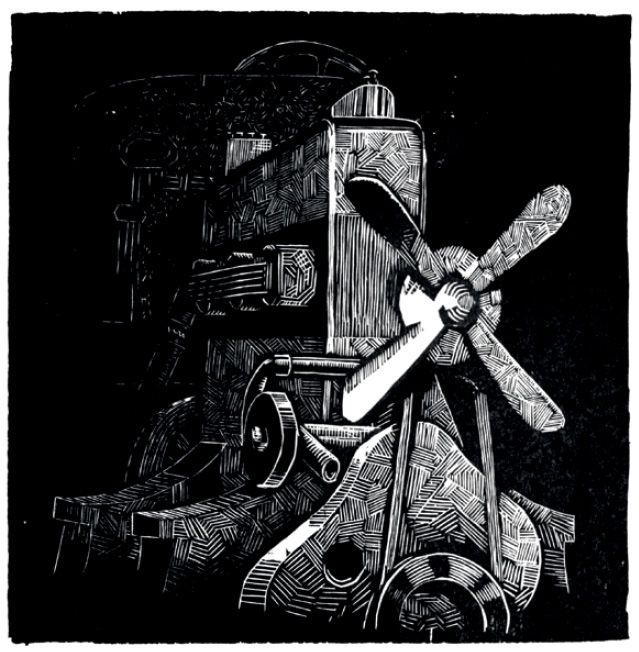The exhibition The tradition of engraving. From Northern Europe to Cuyo was inaugurated on April 8 in the halls of the Franklin Rawson Provincial Museum of Fine Arts in San Juan, an institution directed by Emanuel Diaz Ruiz, where it will remain until June 26, 2022. The exhibition is organized in two sections. The first presents to the public a collection of engravings by Renaissance and Baroque artists, active during the 15th, 16th and 17th centuries. This is a selection focused on great masters, from a private collection in Buenos Aires that has brought together quality old prints. As Ángel Navarro affirms, ancient engraving is not a frequent branch to be found in Argentine public collections and scarcely in private ones, given that the taste of local collectors leaned towards painting more than graphic work and drawing, with a Marked interest in 18th and 19th century art.
The exhibition proposes a chronological journey focused mainly on the works of Martin Schongauer (Colmar, ca. 1430 - Breisach, 1491), Albrecht Dürer (Nuremberg, 1471 - 1528), Peter Paul Rubens (Siegen, 1577 - Antwerp, 1640) , Anton van Dyck (Antwerp, 1599 - London, 1641) and Rembrandt van Rijn (Leiden, 1606 - Amsterdam, 1669), and the engravers and printers and publishers who worked with them. Thus, the engraving of creative composition, as in the case of Rembrandt, differs from the one that reproduces a pictorial original, as in the case of Rubens. Engravings made in wood and copper, burin and etching are exhibited.
Shongauer was among the first engravers to introduce tone, that is, the variation in the frequency and character of lines to suggest shadows and differences in hue between black and white, within the constraints of monochrome. This quality can be perceived in the San Martín de Tours, exhibited in San Juan. The selection of Dürer's prints in the exhibition provides an insight into the evolution of his career. This was marked by his trips to Italy (Venice, 1494-1495 and Venice and Rome, 1504-1507), where he furthered his humanistic training and observed the work of his contemporaries. Traces of the experience in Venice can be seen in the studied poses, clothing and weapons of the figures of the Group of five soldiers on foot and a Turk on horseback. The carving Samson and the lion, of notable technical virtuosity, is also exhibited, and as for prints that were part of an edition, a print of The Nativity is included in the sample, one of the twenty woodcuts that illustrated the book The life of the Virgin, in which the ruined house stands out in contrast to the medieval city in the background, and another of The Flagellation, corresponding to the series of twelve that make up The Great Passion. Between the first and second trips to Italy, in 1504, Dürer made the graver Adam and Eve where he expresses his interest in proportions in the representation of the human body: harmony and the classical canon of the Apollo Belvedere is embodied in Adam, while Eve is a Venus. The Italian Renaissance imprint merges with the detail of the background landscape in the northern manner. After his second trip to Italy, he executed his famous Meisterstiche, the master prints, with the burin, one of the three is presented in the exhibition: The Knight, Death and the Devil.
Albrecht Dürer: Samson and the Lion. [AC. 1497-1498] Wood engraving. Measurements: 38.4 x 28 cm. Photograph: Courtesy of the Franklin Rawson Museum.
In the collection of the Franklin Rawson Provincial Museum of Fine Arts, where the exhibition is displayed, the engraving Saint Joaquin is rejected by the High Priest is preserved: the yellowish paper has a plate number on its lower part, in this case "1" , such as in the second state of those printed by Marcantonio Raimondi, who was sued by Dürer for copying his works; one of the first lawsuits where an artist claims copyright from him. This print forms a small Venetian nucleus, together with Saint Jerome by Cornelis Cort, a Dutch engraver active in Venice in Titian's workshop. In this case, a stupendous burin reproduction of Girolamo Muziano's painting is exhibited, registered by the printer Bonefattio Breggi al Melone doro in Rome.
Marcantonio Raimondi: Saint Joachim is rejected by the High Priest. [AC. 106-1508] Burin. Measurements: 28.8 x 21 cm. Photograph: Courtesy of the Franklin Rawson Museum.
From the 17th century, wood engraving was practically replaced by intaglio plates, with a predominance of etching and burin. These techniques, like drypoint, provided the possibility of achieving the effects of Baroque paintings through subtle grooves in copper plates, matrices suitable for printing on larger paper. This changed the market for prints: Flanders displaced Germany as the great center of graphic production, due to the action of publishers established in Antwerp with extensive commercial networks to distribute throughout Europe and America, in competition with other printers established in Rome, Venice and Paris. Peter Paul Rubens obtained great economic revenues as an artist and also as a diplomat in the service of the court of Isabel Clara Eugenia and Archduke Albert of Habsburg. In his prestigious workshop he carried out large painting commissions, and also paid attention to the reproduction of paintings in prints. The circulation at an accessible price tried to avoid counterfeits and control the trade of copies with quality works on paper, for this he hired eminent engravers, who produced under his control but without his direct intervention in the technical realization. . Among the engravers who reproduced the religious work of Rubens and his disciple Anton van Dyck, in the spirit of the Counter Reformation, Lucas Vorsterman, Paulus Pontius, the brothers Böetius and Schelte à Bolswert, and the brothers Nicolaas and Coenrad Lauwers stand out, among others. Portraits, mythological scenes and landscapes are also exhibited.
Unlike Rubens, Rembrandt did not have as his main objective the reproduction engraving of his paintings, although he did carry it out for a short time with his disciple Jan Joris van Vliet. In a certain way, his engravings maintain a greater proximity to his drawings -without which his creative drive cannot be understood- than to his paintings, although also from the exploration of technical resources he has sought the possibility of reproducing in print the force of its chiaroscuro. His famous self-portraits, portraits of his mother, and his wife Saskia are exhibited in San Juan. Another distinct image of Saskia emerges in The Great Jewish Bride which should not be considered a portrait of her as she has posed as Esther's model for a biblical story theme. The death of the Virgin, executed in 1639, the same year as the self-portrait, presents a complex composition resolved in the subtlety of the lines in an innovative play of light and shadow. To end the journey through the history of two centuries of engraving in northern Europe, nothing better than looking at three early engravings by Rembrandt, whose subject allows us to approach popular culture and its laughter, after having stopped at the portraits of nobles and bourgeois, in religious and mythological themes and in the novel perception of the landscape.
The second section of the exhibition is dedicated to the work of Victor Delhez (Antwerp, 1901 - Mendoza, 1985). Delhez developed each image as part of a larger series elaborated, in many cases, over the years. If at the beginning, in Antwerp, he organized his linocuts of modern figuration in folders, mainly portraits and animals, then his production – more than 1,500 works – cannot be separated from his literary readings and his Christian spirituality. The tribute to the Belgian engraver, a notable figure in Argentine art, was screened for the 120th anniversary of his birth in Antwerp. Bringing together his work with the old engraving of his native territory proposes to emphasize that those prints did not remain in the past: over time they were the object of study and enjoyment.
The iconography of biblical themes and Christian reflection on the world and death is another essential point in Delhez's relationship with the history of engraving. With his predecessors he shares the conviction of the function of the image as a tool in religious discussion. If those acted in the religious disputes of the reform and counter-reformation, Delhez acted in the conflict between the truth of his faith and liberal modernity. From his virtuosity in technique and his overflowing imagination, he moved between the forms of modern styles without ever mitigating the certainty of the dogma.
Victor Delhez: Letters to the Seven Churches. Book of Revelation. Apocalypse series. [1949/1957] Woodcut. Measurements: 40 x 33 cm. Photograph: Courtesy of the Franklin Rawson Museum.
A selection is exhibited from the portfolio made in Antwerp in 1925 -his cover letter in Buenos Aires the following year-, of the illustrations of Les fleurs du mal by Baudelaire exhibited at Amigos del Arte in 1932 and 1933, from the extraordinary series Macabre dance and the illustrations for The Thousand and One Argentine Nights by Draghi Lucero. These ensembles are confronted by the entire display of the Apocalypse series, made between 1949 and 1957, mounted next to the wooden blocks so that the public can appreciate the mastery of the Flemish-Argentine artist.
The catalog -which will be presented at the next Book Fair- includes a text of my authorship, as curator of the exhibition, plus a testimony on Delhez written by his children and a critical essay on the relationship between Delhez and the Catholic Renaissance, signed by Roberto Amigo, coordinator of the exhibition. Exhibition and catalog have the support of the embassy of the Kingdom of Belgium in Argentina and the company Jan de Nul, main sponsor.
* Special for Hilario. Arts Letters Crafts.
